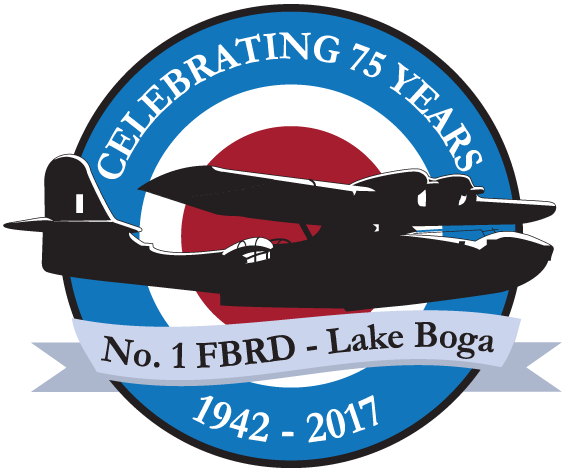
Lake Boga was an integral part of allied defence during World War II, with a facility that helped to keep Australia safe – the No.1 Flying Boat Repair Depot.
Following the Japanese attacks on Broome in 1942, resulting in the loss of 16 flying boats, the establishment of a safe haven for flying boats and amphibians was deemed “Essential to the Defence of Australia.” - “South and inland” were prerequisites.
Inspections of Lake Boga and Kangaroo Lake were made, Lake Boga being the preferred site as it was an ideal stretch of water for the flying boats and amphibious aircraft because it was almost circular (offering unlimited choice of landing/take off direction) and free of obstructions.
The required infrastructure was already in place, vacant land around its foreshore, an adjacent railhead and highway, electricity from Swan Hill and telecommunication.
A requisition of property, "Priority A1" was signed on 1st April, 1942. It had been decided to "build Lake Boga”. Multiple sites were required. The repair depot itself with workshops and hangars (on the foreshore), a stores area (on railway land near the Depot), living quarters (west of the township), sick quarters (at Castle Donnington), first-aid and dental post (on the foreshore), a radio transmitting station (on the Depot site) and a VHF transmitting station (west of the township). Construction started immediately.
June 28th, 1942 saw the arrival of the first RAAF personnel under the command of F/Lt. G.S. Moffatt and on July 12th, 1942, the arrival of the first Catalina flying boat carrying a quantity of stores and equipment was flown in from Rathmines, N.S.W. Hangar construction had just begun. The design, an open-fronted, grandstand type hangar with a cantilevered canopy. Eight large steel-framed structures were erected, 120 feet wide by 58 feet deep. These were to be followed by structures to house activities such as administration, signals & cypher, airframe repair, electroplating, engine/hydraulics repair, drafting, metal work, photography, stores, armament repair, propeller testing, machining, crew rooms, control tower. The first Catalina to be serviced at Lake Boga was A24-17, which carried a crew of four, plus 12 personnel on posting from Rathmines in New South Wales, arriving August 5th, 1942.
During the Depot’s wartime life personnel undertook large volumes of work. 416 aircraft were serviced, repaired, restored, rebuilt or overhauled. These aircraft included Catalina, Dornier, Sikorsky KingFisher, Sunderland, Walrus and Martin Mariner.
In the five years of Depot life, there were more than 1050 aircraft arrivals/departures and an estimated 800 test flights (plus associated “unofficial aerobatics”). In addition to RAAF aircraft, many allied flying boats used the Lake Boga Depot for repairs, including those of the United States of America and the Netherlands.
At peak operation 39 Officers, 802 Airmen and 102 WAAAF’s staffed the depot.
The depot at Lake Boga closed in November of 1947.